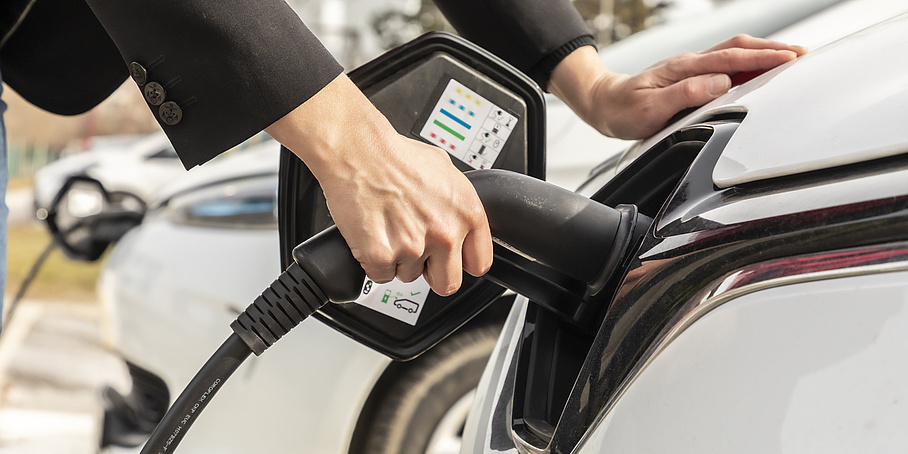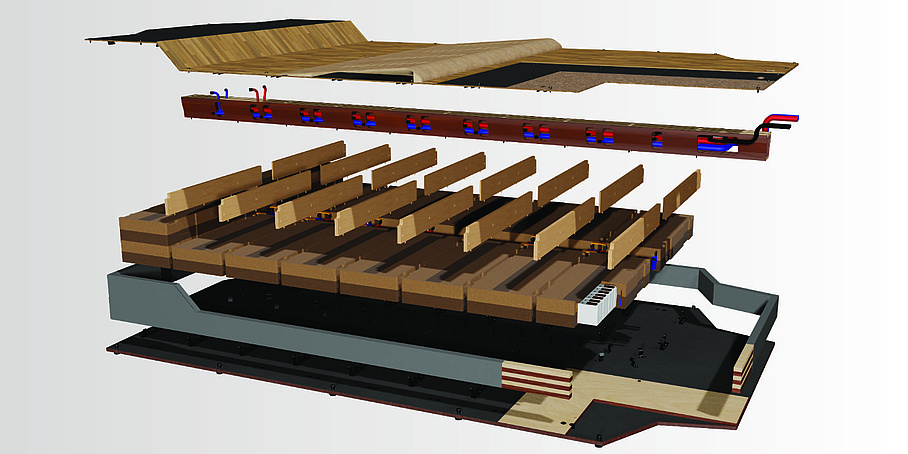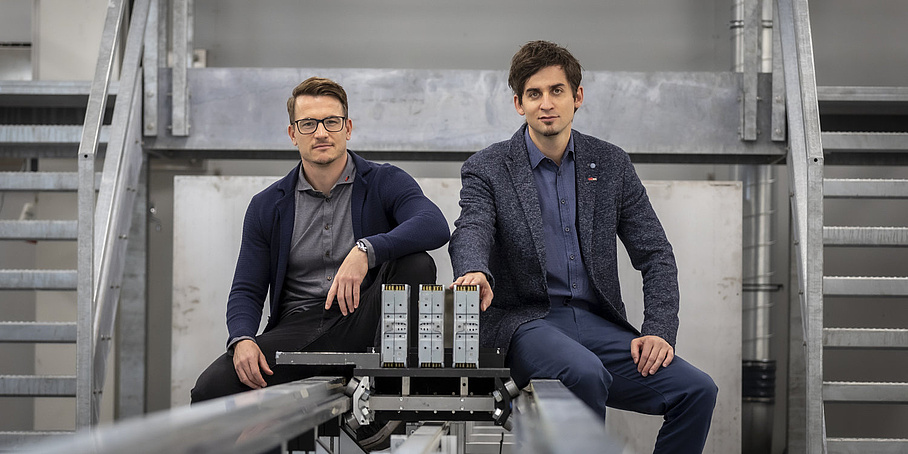We are producing more and more electricity from sustainable energy sources and increasingly using electric transport. Rechargeable batteries and other batteries are therefore becoming increasingly important. Researchers at TU Graz explain how they are developing, how safe they are and how to handle them in the dossier ‘How safe are batteries?’.
With increasing electricity production from renewable energy sources and the growing popularity of electric mobility and other electrically powered everyday applications, the demand for suitable electricity storage systems is rising. This is accompanied by increased requirements in terms of capacity, performance, safety and durability. Researchers at TU Graz are working intensively on these issues. In the new TU Graz dossier ‘How safe are batteries?’, they discuss current research priorities and challenges and provide tips on how to handle rechargeable and non-rechargeable batteries correctly.
The TU Graz dossiers take a comprehensive look at a research question and show the different approaches that researchers at TU Graz are taking to address it.

Safe Batteries for our Safe Everyday Life
Batteries are increasingly becoming a central element of our everyday lifes.They are becoming more powerful, more durable and more widespread – and therefore also need to become increasingly secure.

Tips for E-Vehicle Safety in Summer
Bernhard Gadermaier, a researcher at the TU Graz Institute for Chemistry and Technology of Materials, provides a chemical perspective on how batteries can be best protected.

Similar yet different: batteries for electric vehicles and smartphones
Right now, lithium-ion batteries represent the state of the art in electric vehicles (EVs) as well as smartphones. But apart from their chemical composition, there are numerous differences between them, explains Eva Heider from the Vehicle Safety Institute at TU Graz.
Play video
I Spy Science: Why do batteries burn?
Imagine you have a mobile phone or an e-bike and suddenly the battery catches fire. Unfortunately, this happens time and time again. But why do batteries catch fire? Jörg Moser from Graz University of Technology explains.

Protective Housing in Wood-Steel Hybrid Construction
Researchers at TU Graz have developed an environmentally friendly housing for electric car batteries. Their wood-steel construction performs excellently in safety experiments and simulations; it even outperforms the market standard in the fire protection test.

“Electric cars are definitely no less safe than combustion vehicles”
How safe electric cars are is the topic of many discussions at a regular’s table. Daniel Fruhwirt from TU Graz’s Institute of Thermodynamics and Sustainable Propulsion Systems explains how the comparison with combustion engines works out in reality.

How safe are our charging stations?
TU Graz researcher Daniel Herbst is working on methods to test electric charging stations regularly and reliably. In the video, he explains how safe our charging stations already are.

Battery4Life: New COMET centre led by TU Graz
Researchers at the Vehicle Safety Institute will team up with national and international partners to make batteries safer, extend their service life and make them more sustainable. The FFG, the provinces Styria and Upper Austria as well as companies are investing about 19 million euros in total.

Store or Export?
In 2040, electricity production from solar installations will often significantly exceed demand, especially at midday. Robert Schürhuber from the Institute of Electrical Power Systems at TU Graz explains how grid stability can be guaranteed in the future without having to take PV systems off the grid.

